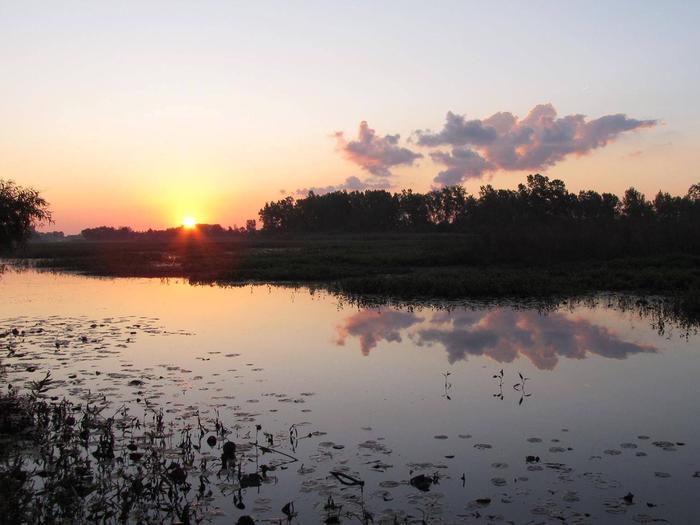Ottawa National Wildlife Refuge
Much of Ottawa National Wildlife Refuge and the surrounding lands were once part of the Great Black Swamp. The 1,500 square mile Great Black Swamp was a vast network of forests, wetlands and grasslands. Established in 1961 under the authority of the Migratory Bird Conservation Act for use an inviolate sanctuary, or for any other management purpose, for migratory birds, the refuge manages about 8,100 acres of wetland, grassland and wooded habitat. It provides valuable habitat for a diversity of waterfowl and other migratory birds, resident wildlife and endangered and threatened species. It provides a place for people to enjoy wildlife-dependent activities and learn about the complexities of the natural world through education and interpretive programming. The refuge adds to the richness of the community by holding in trust a portion of the natural heritage of the Great Lakes ecosystem for the continuing benefit of the American people. In recognition of its value to wildlife, the refuge has received the following designations: Globally Important Bird Area through the American Bird Conservancy, Important Bird Area through Audubon Ohio and Regionally Significant Site in the Western Hemisphere Shorebird Reserve Network.
The entrance to Ottawa National Wildlife Refuge is located 15 miles east of Toledo, Ohio or 16 miles west of Port Clinton, Ohio on State Route 2. The entrance road is located on the north side of State Route 2. When using GPS to navigate to the refuge, some will direct you to Krause Road on the west end of the refuge. This is three miles west of the refuge entrance. Continue east on State Route 2 past the intersections with SR 579 and SR 590 to the main entrance.

